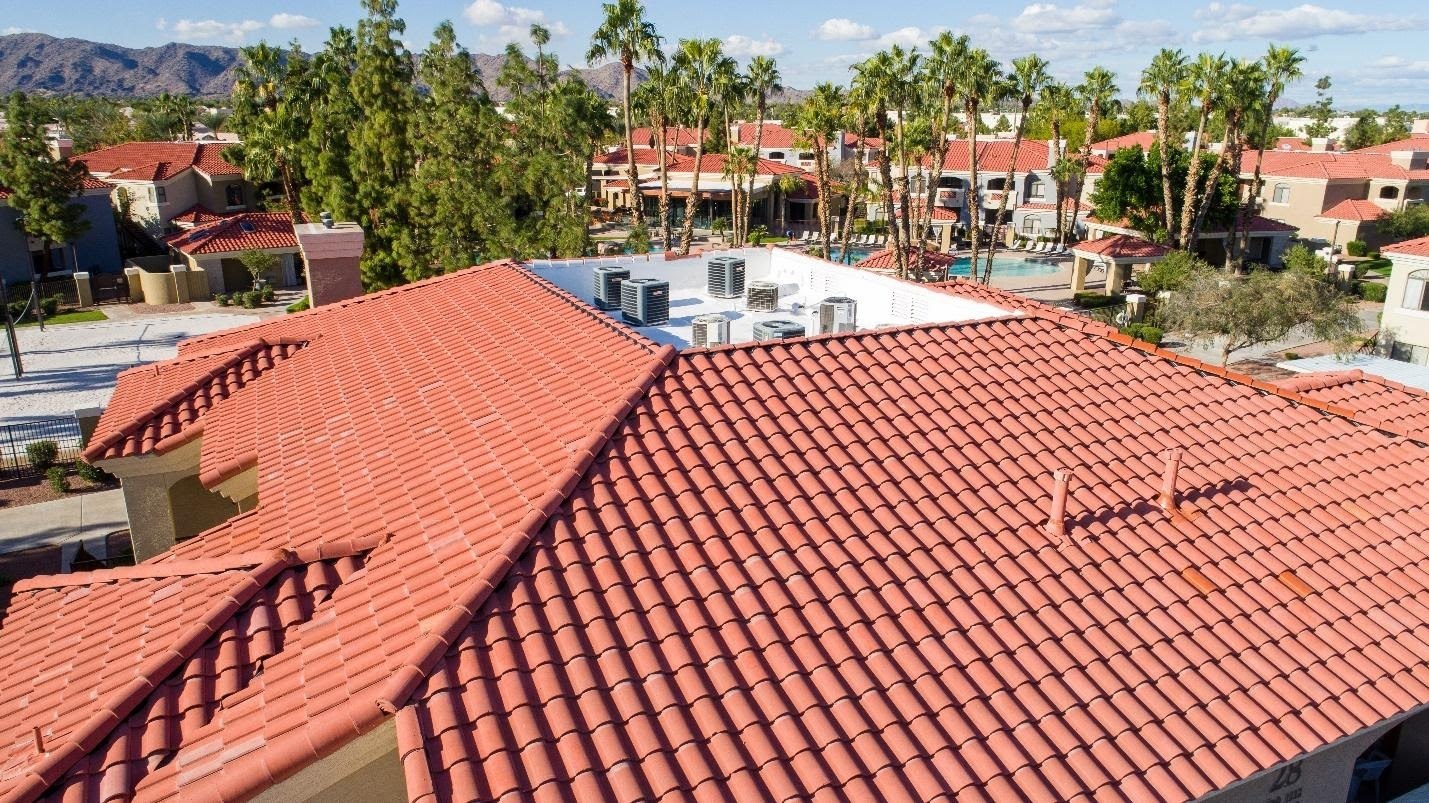How Long Does the Clay Rooftile Last?
When it comes to choosing roofing materials, clay rooftile is one of the most popular options due to its durability and timeless aesthetic appeal. Homeowners and builders alike are drawn to its long lifespan, which makes it a solid investment in the long run. But how long can you expect clay rooftile to last? Let’s take a closer look at the lifespan of this reliable roofing material and what factors can influence its longevity.

The Longevity of Clay Rooftile
One of the primary reasons why clay rooftile is so highly regarded is its impressive durability. On average, clay rooftile can last anywhere from 50 to 100 years or more. This is significantly longer than other roofing materials such as asphalt shingles, which typically last between 15 and 30 years. The exceptional lifespan of clay rooftile is due to its inherent resistance to various weather elements, including extreme heat, cold, and rain.
Clay rooftile is fired at high temperatures during the manufacturing process, which makes it dense and highly durable. This process also gives the tiles their natural resistance to cracking, rotting, or warping. Because of these characteristics, clay rooftile can withstand decades of exposure to the elements without significant degradation. Whether you live in a hot climate with intense sun exposure or a region with frequent rainfall, clay rooftile provides long-lasting protection for your home.
Factors Affecting the Lifespan of Clay Rooftile
While clay rooftile is built to last, certain factors can influence how long it will actually last on your roof. Here are a few key considerations that can affect its longevity:
- Quality of Installation: The durability of clay rooftile largely depends on how well it is installed. Proper installation ensures that the tiles are securely fastened and positioned for optimal water drainage. If installed incorrectly, tiles may shift or crack, reducing their effectiveness and lifespan. It’s important to hire experienced professionals for the job to guarantee that your clay rooftile is installed correctly.
- Climate Conditions: Extreme weather conditions can affect the lifespan of clay rooftile. For instance, freeze-thaw cycles in colder climates can cause the tiles to expand and contract, leading to cracking over time. Similarly, areas with frequent storms or strong winds may cause damage if the tiles are not properly secured. However, in general, clay rooftile performs exceptionally well in most climates and remains a long-lasting choice.
- Roof Maintenance: Regular maintenance plays a key role in extending the life of your clay rooftile. While clay tiles require less maintenance than other roofing materials, it’s still essential to inspect your roof periodically. This includes checking for any cracked or broken tiles, ensuring the gutters are clear of debris, and making sure that water flows properly off the roof. Routine maintenance can help prevent minor issues from becoming major problems and can prolong the life of your roof.
- Underlying Structure: The condition of the roof deck and structure beneath the clay rooftile also affects its longevity. If the deck is compromised by water damage or rot, it can shorten the lifespan of your entire roofing system. Ensuring that the underlying structure is in good condition will help maximize the lifespan of your clay rooftile.
Conclusion
In conclusion, clay rooftile is one of the most durable roofing materials available, offering a lifespan of 50 to 100 years or more when properly maintained and installed. Its resistance to the elements, combined with its aesthetic appeal, makes it a worthwhile investment for homeowners. However, factors such as installation quality, climate, and regular maintenance play a crucial role in determining how long your clay rooftile will last.
For expert installation and maintenance services for your clay rooftile roof, you can trust Art Fix. Their team of professionals ensures high-quality work, helping you enjoy the long-lasting benefits of your clay rooftile roof for decades to come.







